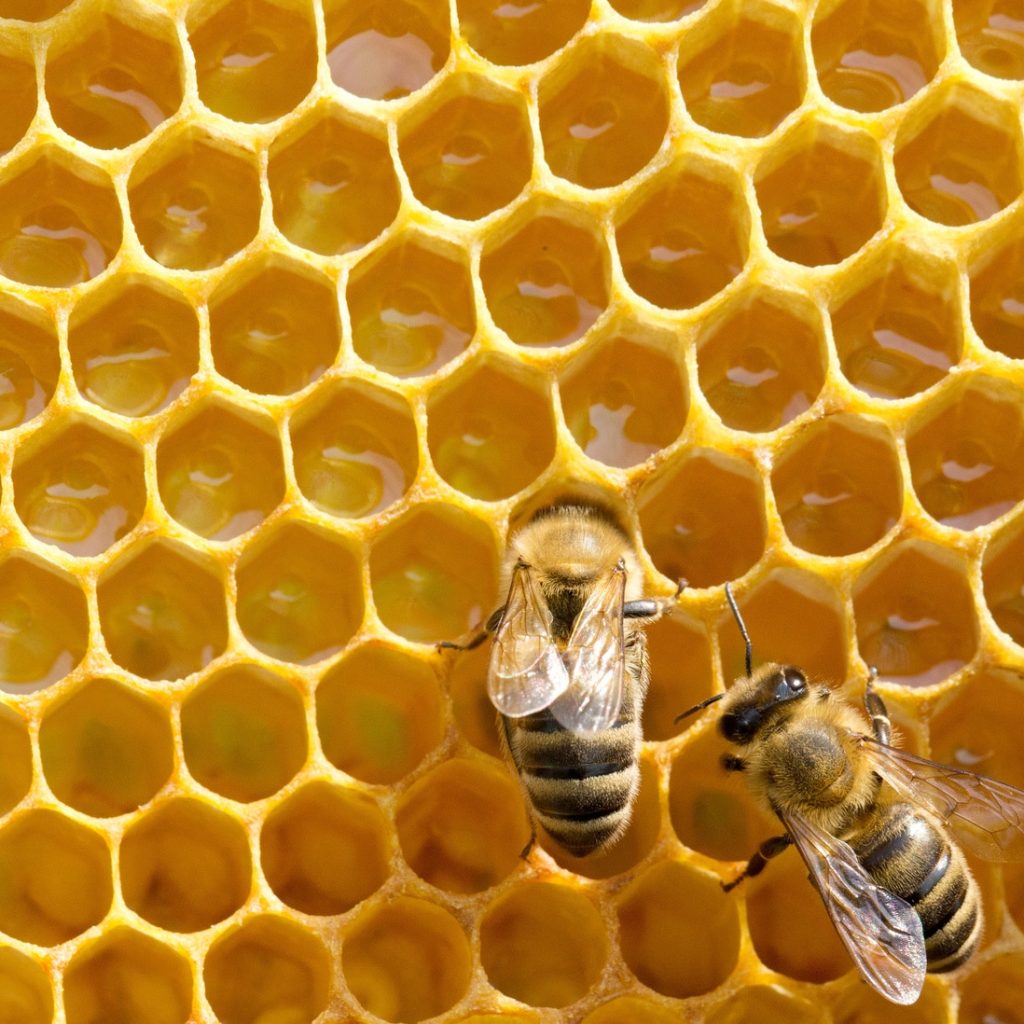Bee stings are a common concern, especially during the warmer months when people spend more time outdoors. While many view bee stings as minor inconveniences, they can, in rare cases, pose a significant risk to health. Understanding the potential dangers of bee stings and how to respond to them can be crucial. This blog post will explore when bee stings can be dangerous and what steps to take if you or someone else is at risk.
What Happens During a Bee Sting?
When a bee stings, it injects venom into the skin. This venom can cause an immediate reaction in the body. For most people, a bee sting results in temporary pain, redness, and swelling around the affected area. However, the severity of a reaction can vary depending on several factors, including the individual’s sensitivity to bee venom and the number of stings received.
Mild Reactions
Most people experience mild reactions to bee stings. Symptoms typically include:
- Pain at the sting site
- Redness and swelling
- Itching
These symptoms usually subside within a few hours or days. Basic first aid can help alleviate discomfort. Washing the area with soap and water, applying ice, and taking over-the-counter pain relief can be effective.
Severe Reactions
Allergic Reactions to Bee Stings
In some cases, people can experience severe allergic reactions, known as anaphylaxis. Anaphylaxis is a life-threatening condition that requires immediate medical attention. Symptoms can include:
- Difficulty breathing
- Swelling of the face, throat, or tongue
- Rapid pulse
- Dizziness or fainting
If someone exhibits these symptoms after a bee sting, call emergency services immediately.
Multiple Stings
Receiving multiple bee stings can also increase the risk of severe reactions, even in individuals who do not have a history of allergies. This can be particularly dangerous for children, the elderly, and individuals with underlying health conditions. Multiple stings can result in an accumulation of venom, which can lead to more intense symptoms.
Preventing Bee Stings
While it’s impossible to avoid bees entirely, there are steps you can take to minimize the risk of being stung:
- Wear protective clothing when outdoors
- Avoid wearing bright colors or strong fragrances
- Stay calm and move slowly away if bees are nearby
For those living in areas with a high bee population, professional pest control services can help manage bee presence and reduce the risk of stings.
What to Do if Stung
If you are stung by a bee, follow these steps:
- Remove the stinger as quickly as possible to reduce venom release. Use a flat-edged object like a credit card to scrape it off.
- Wash the area with soap and water.
- Apply ice to reduce swelling.
- Take an antihistamine or pain reliever if necessary.
Seek immediate medical attention if there are signs of a severe reaction.
Essential Guidance for Managing Bee Sting Risks in Outdoor Activities
Bee stings can range from being a minor discomfort to a serious health threat. Most people will only experience mild symptoms, but it’s essential to be aware of the potential for severe reactions. Knowing how to respond to a bee sting and when to seek medical help can make a significant difference. If you’re in an area prone to bees or have a history of allergies, taking preventive measures and consulting with professionals for bee control can help keep you safe. Remember, quick action is crucial in the event of a severe reaction.
For reassurance and protection against bee stings and other pests in Arizona, contact T2 Pest Control today. Our expert bee control ensures your outdoor activities are safe and enjoyable. Don’t let bees put you at risk—call T2 Pest Control and safeguard your loved ones now.





